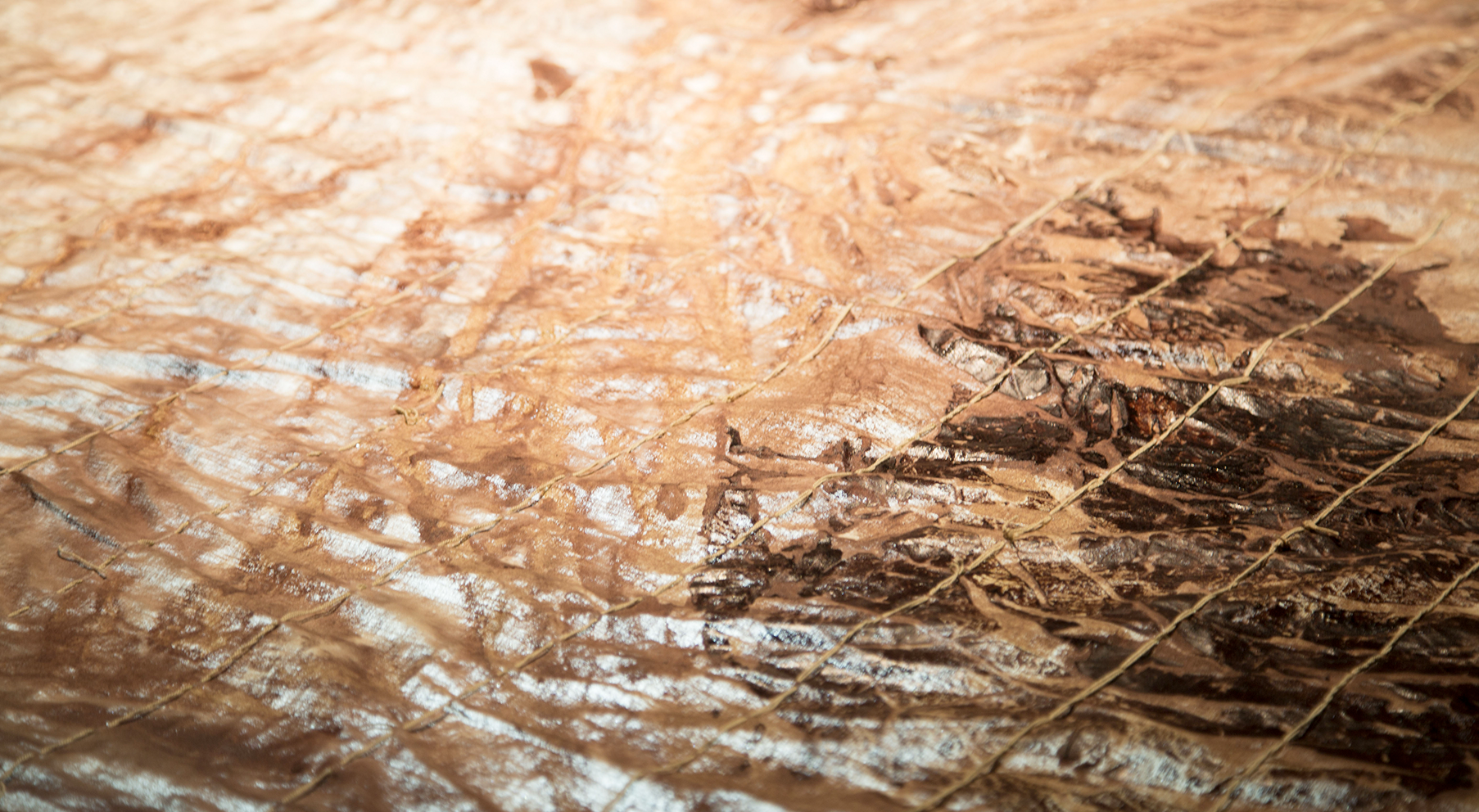— 3:00 pm
Yury Forero y Emilio Tarazona
Deslocalizar: entre la frontera dócil y la herida insalvable

Schedule:
3:00 p.m.
Place:
Auditorio MAMBO
Prices:
Entrada gratuita hasta completar aforo.
Contact:
educacion@mambogota.com
“Nothing is prey to death, everything is prey to life.”
(Antoine Béchamp, 1883).
Dialogue between Emilio Tarazona and Yury Forero starting from the exhibition of Teresa Margolles, where reflections about a place defined as a diffuse zone are addressed, contrasting the limit. From a bias in the artist’s work, not inscribed in the complete presence neither in the absolute absence of the deceased bodies but in a space between these extremes (or representations). Thus, corresponds to the traces of their decomposition or their residual extensions (neither full materiality, nor complete lack of being), both sustain an exchange that thinks the founded on the indetermination and the interstice. The body and non-body as a single metaphor of transition or transit of various types of fissures: that of a Mexican artist speaking of a sensitive frontier (Colombian-Venezuelan), which is suddenly is excluded from a speech that has been at the center of her own country. The objects torn from a reality and transposed into the representational space of the museum and that of the interlocutors themselves, whose journey and life is marked by migration, from Peru in Colombia and Colombia in Mexico. From these cracks it is intended to talk about ideas that are shaken after the forced identification of spaces of connection and exchange (roads, bridges) in the midst of vast territories of uncertainty (geography, landscape, culture) that blur the demarcations between Nations and subjects.
Yury Forero (Bogotá, 1963), artist who work with techniques such as drawing, sculpture, installation, video and performance. His work approached tensions between culture and history tracing relations between art and politics: the dimensional scale, the precariousness, the units of value, the mass graves and death. He has worked with community organizations and cultural centers. He has been teacher and researcher in the Faculty of Visual Arts in the Universidad del Valle and the Universidad Javeriana in Cali; the Humanities Department in the UAM, Cuajimalpa; the UNAM; and the CCU Tlatelolco in Mexico City. He has participated in encounters of art-action and has exhibited works and documentations of his individual and collective actions since the nineties in countries such as Colombia, England, France, Sweden, Italy, Venezuela, United States, Ecuador, Chile, Argentina, Brazil, Canada and Mexico, where he is based currently from 2010.
Emilio Tarazona (Lima, 1975), researcher and curator. He has published La poética visual de Jorge Eieson (2004), Accionismo en el Perú, Rastros y fuentes para una primera cronología (2006) and articles and essays for magazines such as Carta (Museo Reina Sofía, Madrid), Errata# (Bogotá) o Arte al límite (Buenos Aires). He has curated La deriva a ciegas. Antología de acciones de Constanza Camelo (Valenzuela Kleener, 2018), ¡Otros mundos, ahora! (Cámara de Comercio, 2016), En Reserva, Eduard Moreno (Lima, 2016), Frecuencia e Intensidad (2 décadas + 1 lustro) (Valenzuela Klenner, 2014), Cuerpo en disolvencia, flujos, secreciones, residuos (Lima y Bogotá, 2013), Jorge Eielson (Lima, 2005), Juan Javier Salazar: antes / durante / después. 1977-2006 (Lima, 2006). Y co-curated the exhibitions Subversive Practices. Art under Conditions of Political Repression. 60s-80s / South America / Europe; y Die Chronologie der Teresa Burga. Berichte, Diagramme, Intervalle / 29.09.11 (en W-Kunstverein Stuttgart, 2009 y 2011) and Perder la forma humana. Una imagen sísmica de los años ochenta en América Latina (Museo Reina Sofía – Madrid, 2013). His essays have been included in books and art catalogues arte published in countries of the Américas and Europe.
